Seoul, September 3 – 30, 2015, Seoul Art Space Geumcheon, http://www.davincicreative.org/
Curator: Choi Doo Eun, Performance: Herman Kolgen, 1024 architecture, Beenzino, Artists: Lab[au], Code Blue, Younghwan Choi, Maurice Benayoun, Eunsol Kim+Sungseok Ahn+Jongseok Yang, Ah Young Kim, Ujoo+Lim Heeyoung, Team VOID, Herman Kolgen + workshop participants, Louis-Philippe Demers, Digital Hippy Lab, Seungsoon Park, Jae Wan Park+Jae Sung Lee, Minha Yang, So Hyeon Kim, Sanghun Yi, Neugene Zhang 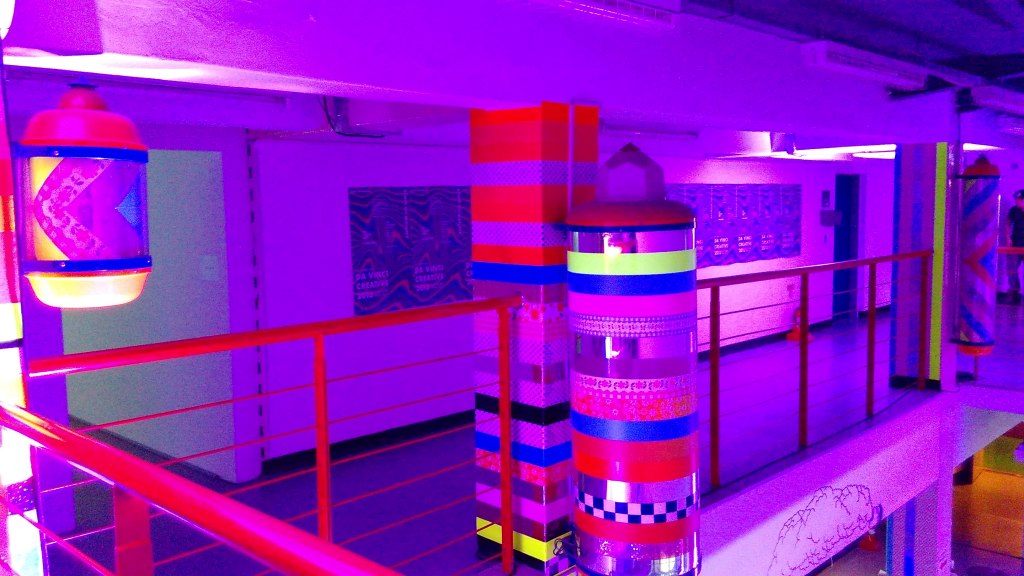 The biggest new media art party I attended in Seoul so far: An industrial area in the southernmost part of Seoul, a residency/art space, all dressed up for this special event. The whole house was illuminated in blue-violet fluorescent colors, giving it a night club feel – the colors you see in the photographs are not a fault of my camera, but an actual display of how the space looked like.
The biggest new media art party I attended in Seoul so far: An industrial area in the southernmost part of Seoul, a residency/art space, all dressed up for this special event. The whole house was illuminated in blue-violet fluorescent colors, giving it a night club feel – the colors you see in the photographs are not a fault of my camera, but an actual display of how the space looked like.
In the afternoon, all started off with presentations by two established artists participating in the show – Maurice Benayoun and Louis-Philippe Demers – and an artist group/company 1024 architecture who staged a live video/sound/voice performance later in the evening. Benayoun, famous for his large scale participatory media art installations and world emotion forecasting works, staged a presentation-performance, where he tried to squeeze as many keywords related to his practice in the short timeslot available, bringing the daily information overload to an extreme when it itself became a piece of art. Demers, famous for his robot construction and performances, was more reserved and academic in his tone and the most notable moment was when he talked about the importance of context and naming for the way how we relate to robots: Robots as metaphors and mirrors of our own selves. 1024 architecture presented a rather standard run-down of past projects and did not come across as the best presenters, which, in hindsight, was a hint at their great technology skills yet at best mediocre performance skills they showed later during the night.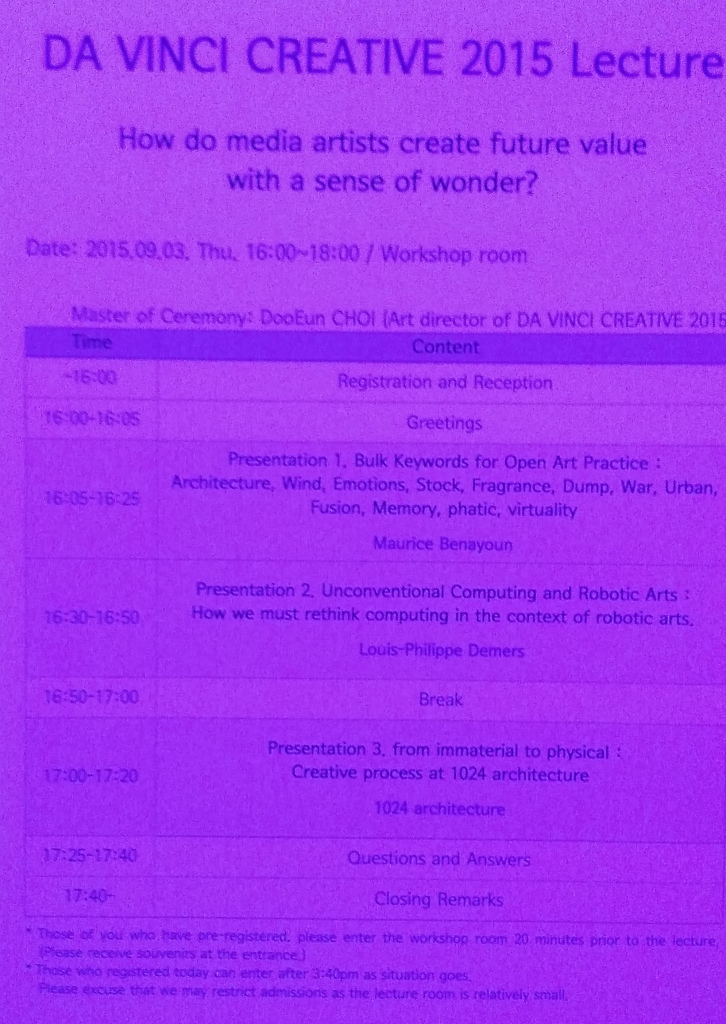
After the artist talks, the party started, with officials holding their speeches and artists receiving prizes. That was followed by a series of performances. First there was Herman Kolgen with his video + live sound piece. Actually I wat not sure if the video was live or not live, but the complexity hinted that it was pre-rendered. It looked beautiful. The live soundtrack was performed by a string quartet on stage. The performance was quite smooth, but short, shorter than the prior ceremonial rituals, which made it feel more like an intermission then a full performance-artwork.
Next were 1024 architecture, who produced very conflicted feelings in me. On one hand, I acknowledge their great technical and artistic skills in 3D mapping and animation, VJing, stage building, etc. On the other hand, they completely failed as performers, and only the curator can be blamed for allowing them to open their mouths on stage. I assume that 1024 architecture mostly collaborate (or work for) other artists, brands or companies, monetizing their excellent new media art skills. But architects, IT guys and other nerds don’t always make the best performers. Unfortunately in this case, the 1024 decided by and for themselves, that they can do that (performing) too, and accompanied their otherwise flawless audio and visuals with incoherent and cliché—littered attempts at singing and drama performance. They would have done much better if their paired up with the next and last performer of the day, Beenzino, a Korean hip-hop artist, which was probably the reason for the high number of teenage visitors at the opening. He performed on an outdoor stage, solo, with a standard stage light and smoke machine setup. He just needed a microphone, and he was able to gather a large crowd. I can’t position him within the Korean pop/hip-hop hierarchy, but the performance seemed smooth, professional and groovy. The only surprising thing was the abrupt finish, when he simply jumped of stage, bodyguards pushing him through the crowds into a car, and off he went – big star style.
So this was the opening party record – a party in big style. And actually, there was also an exhibition, competing for the audience’s attention while all this hubbub was going on. The exhibition was neat and well arranged, and the artworks covered a range of what can be expected in a “new media art” exhibition.
The biggest shortcoming of all “new media art” (or more recently rebranded as “science and art”) themed exhibitions is the theming itself, because it seems antique to separate artworks according to media. And it was also the shortcoming of this show. “A Sense of Wonder” was poster theme broad enough to cover the whole range of new media artworks, whose only real common denominator was the use of digital audiovisual and control technology. In fact, a large part of new media artworks exist for the purpose of creating a “sense of wonder” (how does that work?), which means, they build on a techno-fascination while the experiential and conceptual complexity stays behind. If we take this situation of new media art at a fact, the show was in itself enjoyable and well balanced.
Regarding the artist selection, I recognized a recurring pattern within the Korean art scene: An exhibition relies on inviting a selected number of ‘famous international’ artists, which are then supplemented by a larger number of one or more generations younger Korean ‘emerging’ artists. This approach seems to serve on one hand as a publicity, potentially drawing more visitors and media attention (and funding), and on the other hand within a grander scheme of things, it is a controlled process of validating and ‘pushing up’ selected Korean artists, whose market value increases by exhibiting along the ‘famous international’ artists. I am not making any judgement about this, but I wanted to note this observation.
Now, finally to the show. It was indeed the ‘famous international’ artists that stood out the most. Benayoun presented what was the only video-only, non-interactive work in the show, yet the work could make easily up for that with its conceptual depth. The aerial image of a flattened globe map was augmented with a visualization of ‘emotion winds’ mined from internet data. I wished there was a more thorough explanation of the work’s back-end, but even as such, it was a calm work, that invited for contemplation.
Demers’ Blind Robot was a one-visitor-at-a-time work, and I was not patient enough to queue in order to be touched by a blind robot, but the work did stand out by being relatively simple yet retaining its power to engage and communicate (as an artwork) with the audience.
Kolgen was the third ‘famous international artist’ in the show with a work that he did together with participants of a workshop. The work was a data visualization with a physical control interface, generating an audiovisual display from worldwide seismic data. It was neat, but it seemed more as a science museum exhibit than a work in an art exhibition.
Out of the “rest” which can be inspected in my photos below, Younghwan Choi’s “Ephemeral Placard” stood out to me: A movable mirror array, which created reflections in the shape of Korean words on an opposite wall. It was a site-specific work presented in a semi-documentary format; a very gentle work, and I could not understand it at first. But the short poetic video showed the work on site in urban space and in action: The context was that of gentrification and neighborhood changes, coupled with people’s memories. It was this rooting in a specific lived experience which set the work apart, communicated very clearly through the work, better than in words.
It’s not possible to talk about all the works, and there was no lack of works to ‘wonder’ about. Some of them were approaching the quality of the aforementioned works, while some others unfortunately fell into the new media art gadgetry trap, showcasing a machine or gimmick rather than an artwork. I also missed some artworks because of the one-by-one requirement (like Digital Hippy Lab’s VR film presented on Oculus VR goggles) or works that were located in the warehouse where the opening performance took place. Overall, it was indeed a sense of wonder that emanated from this spectacular opening. A big ‘wow’.
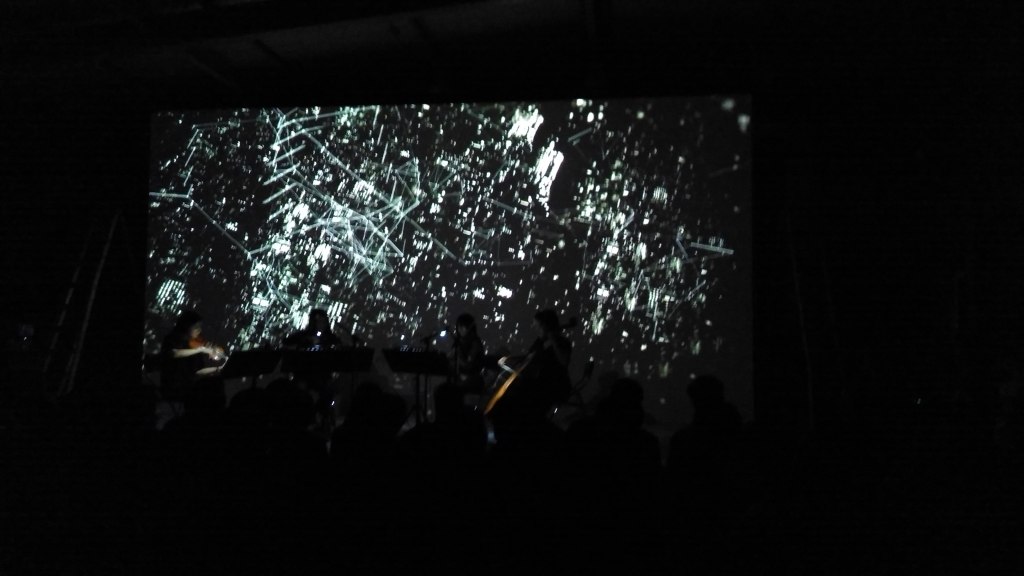

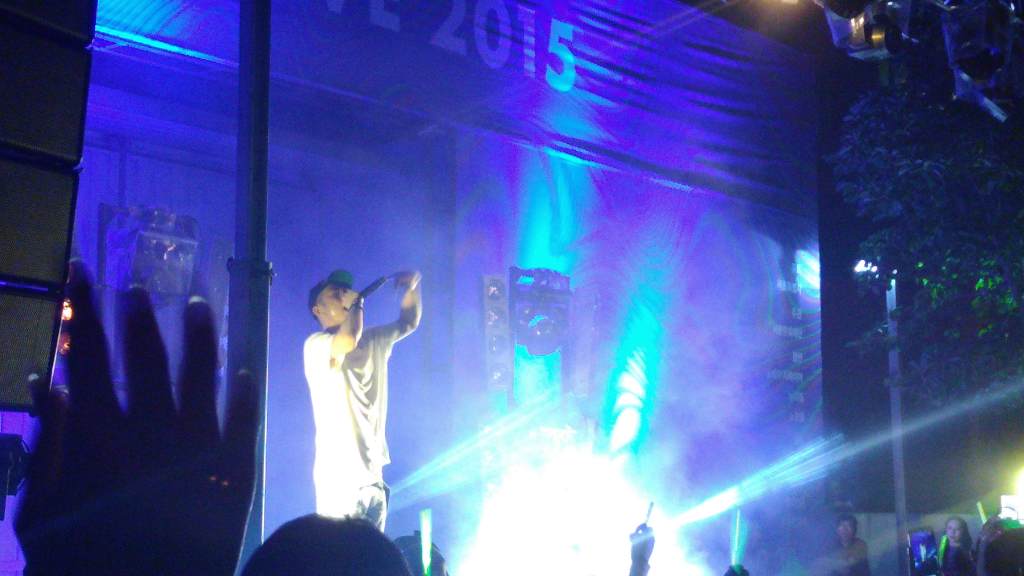
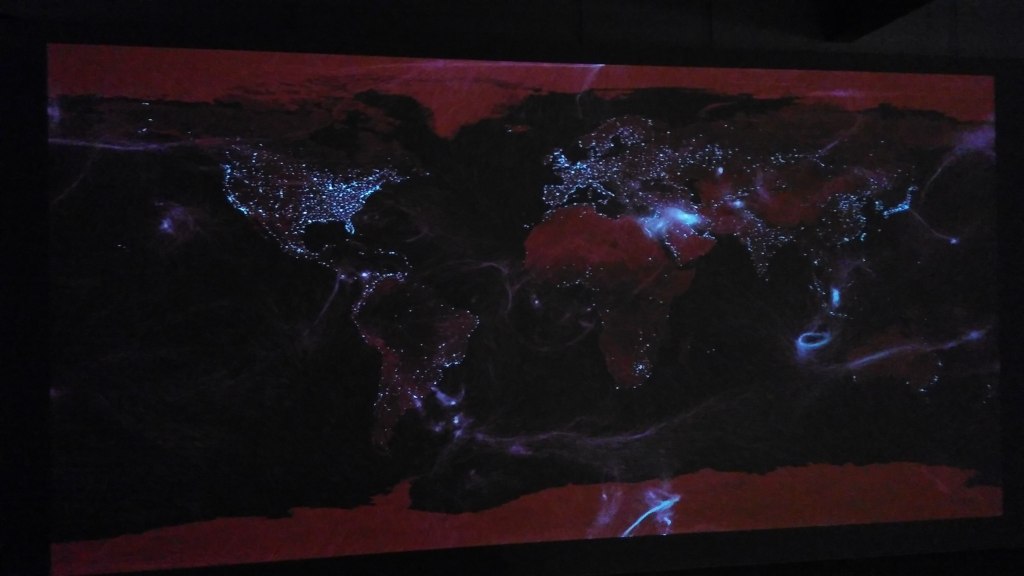
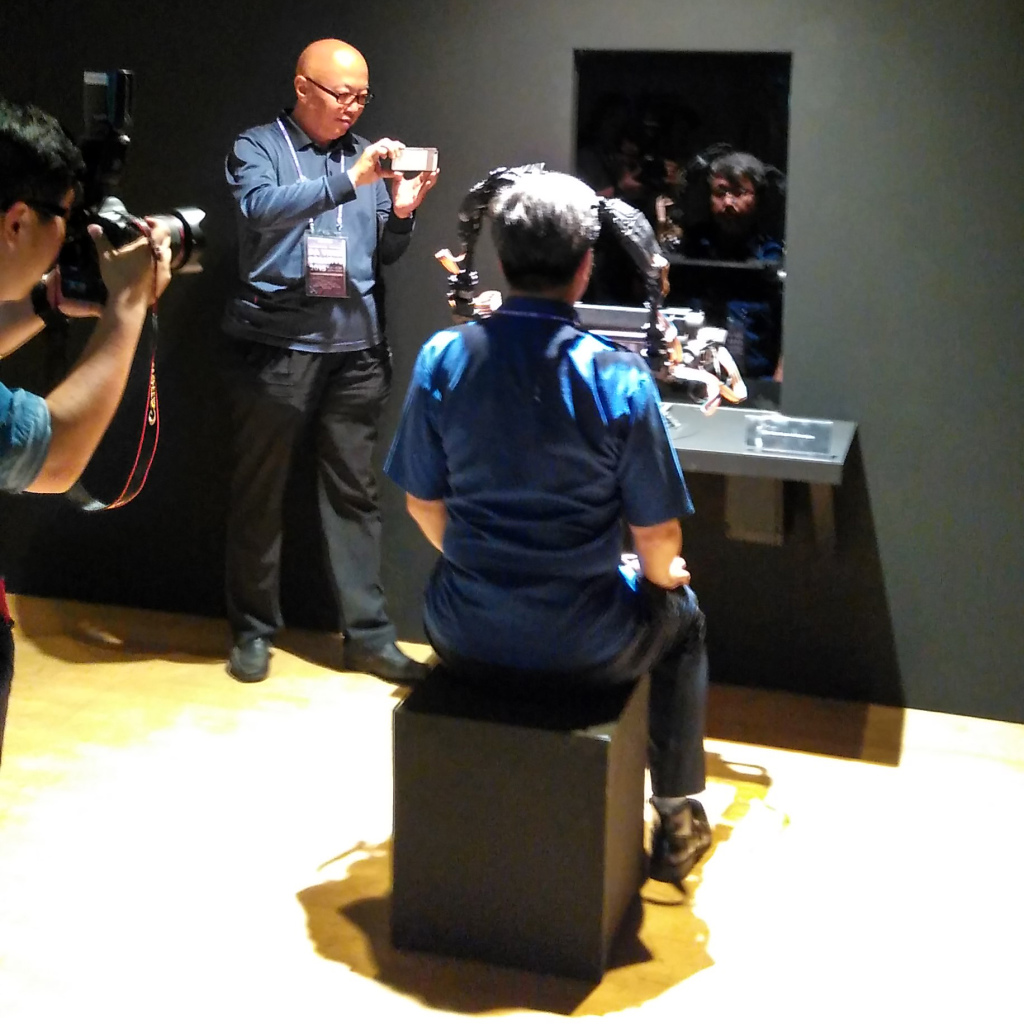
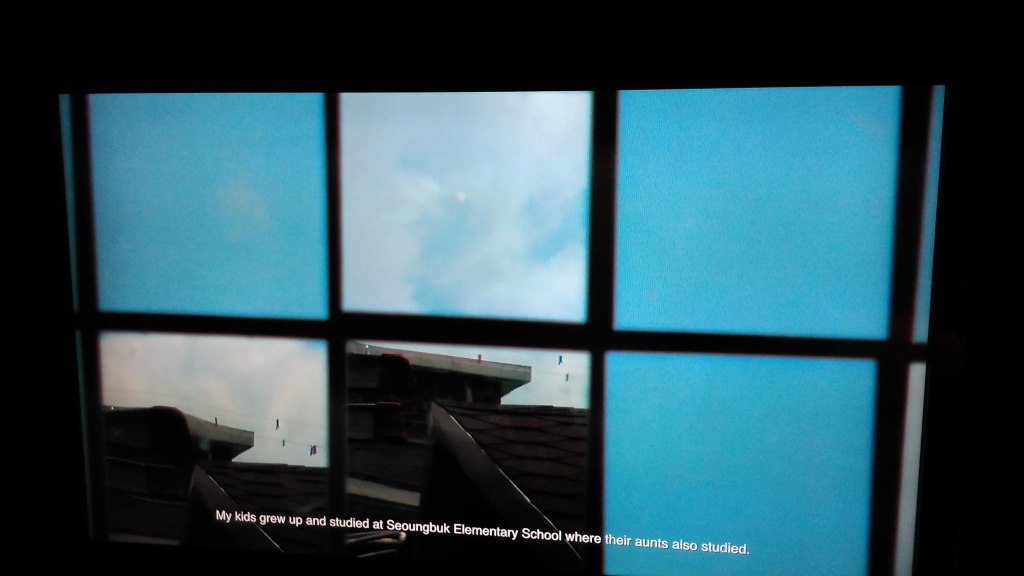
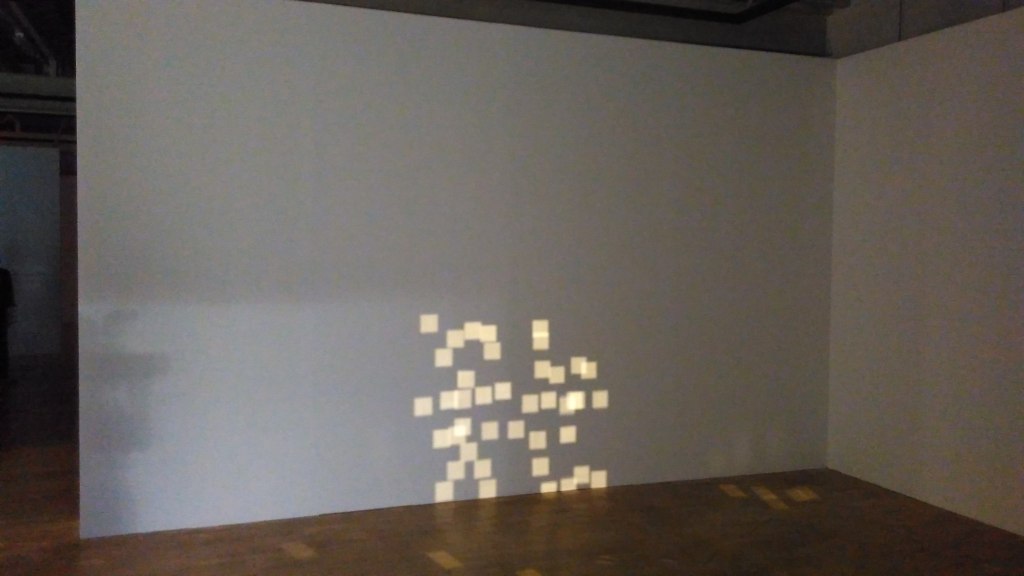
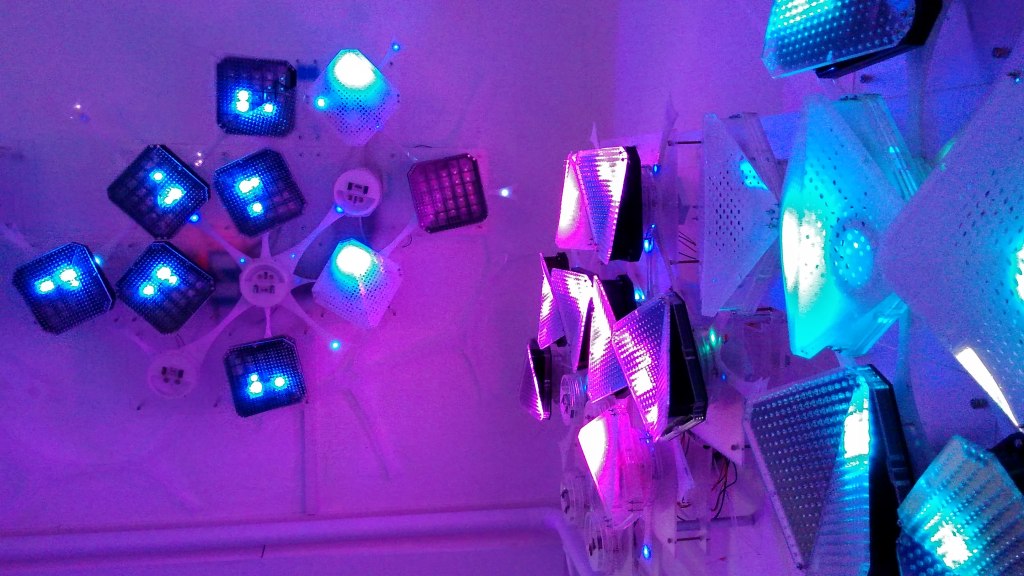

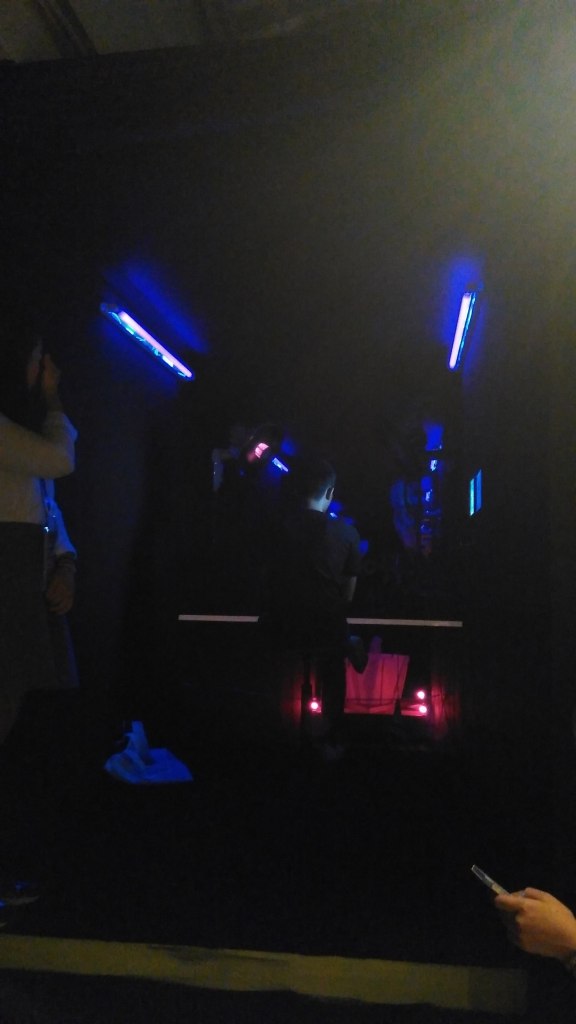
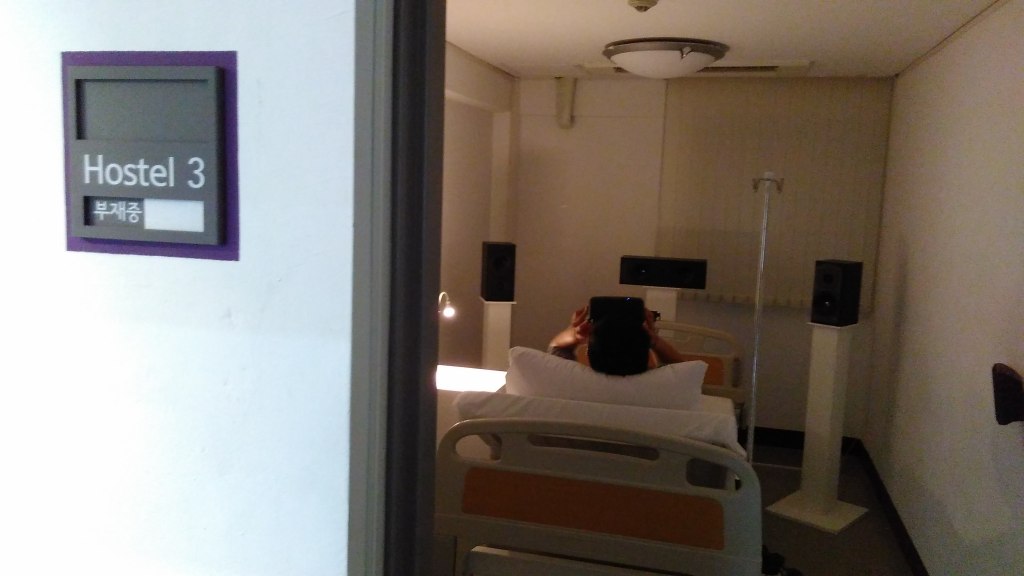
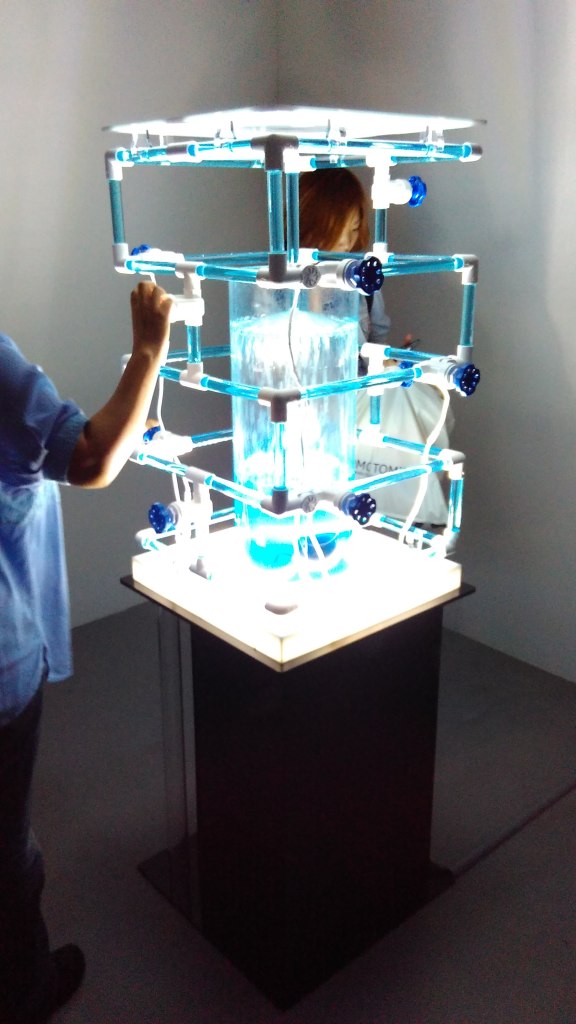
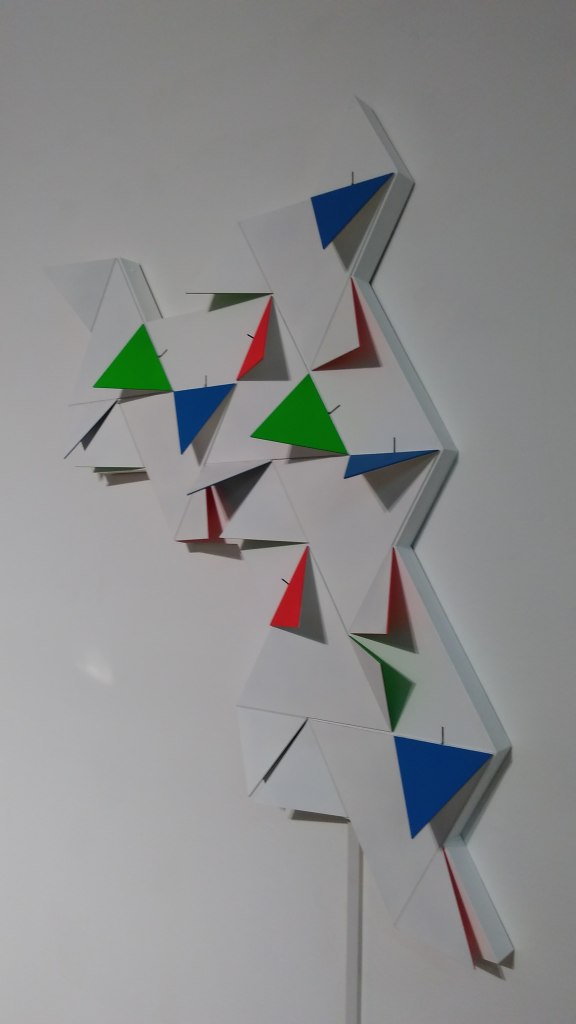
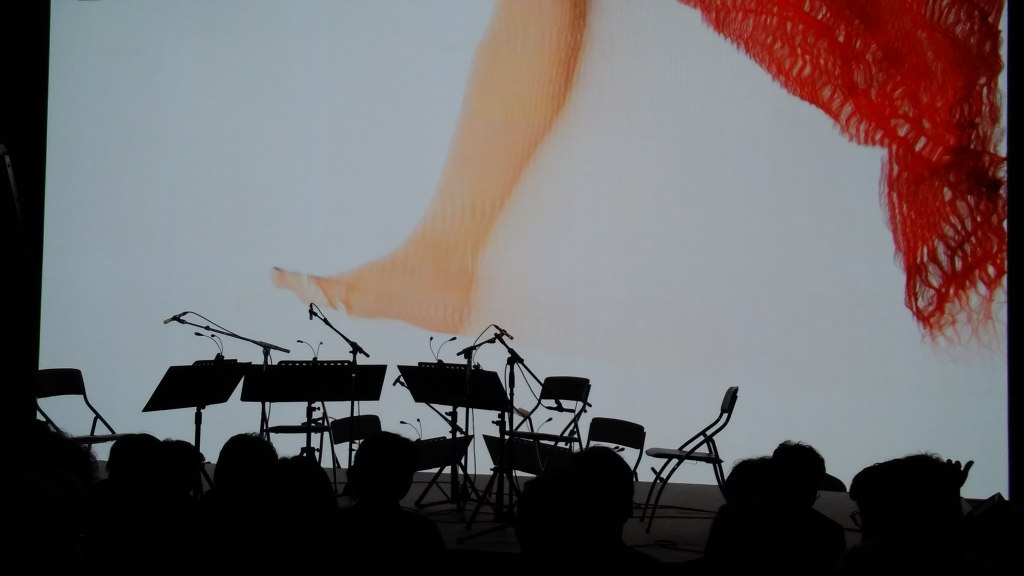
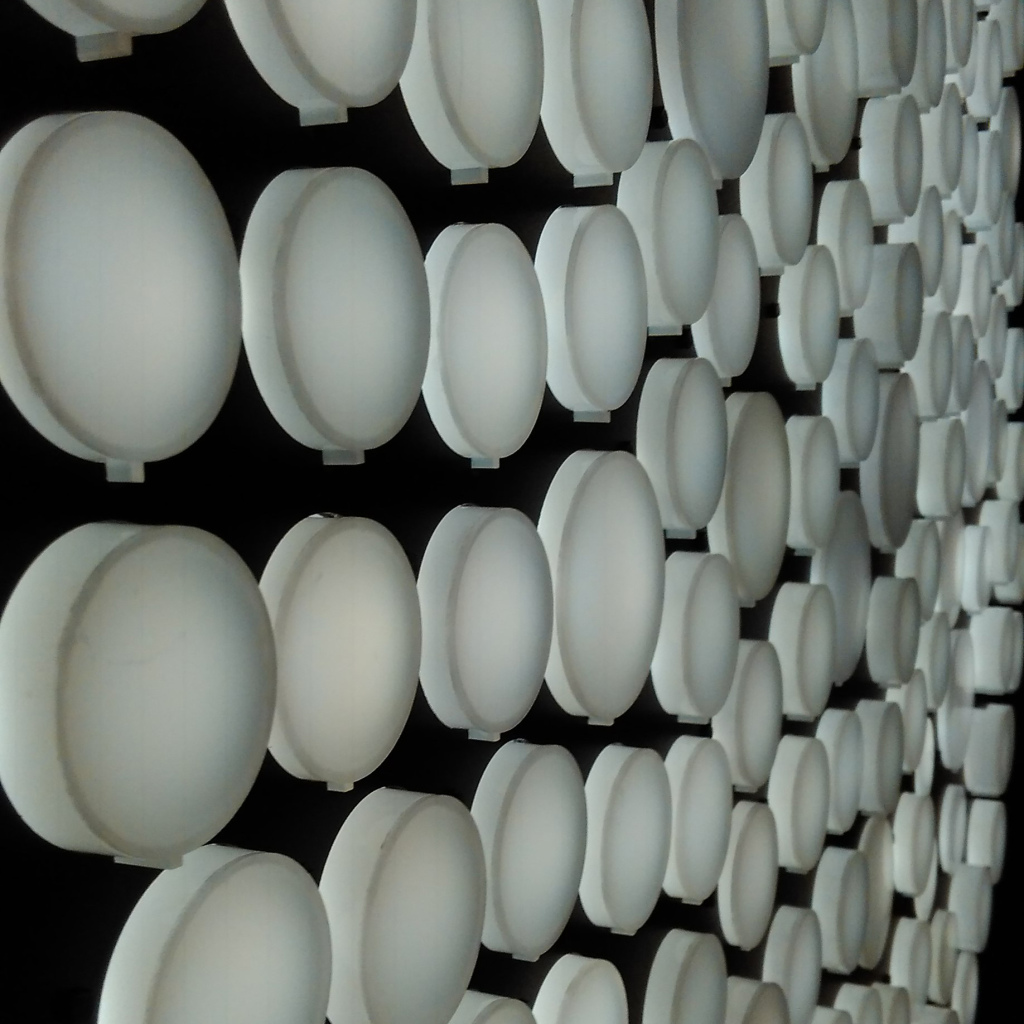

1 comment for “Seoul Art Space Geumcheon: “Da Vinci Creative 2015””